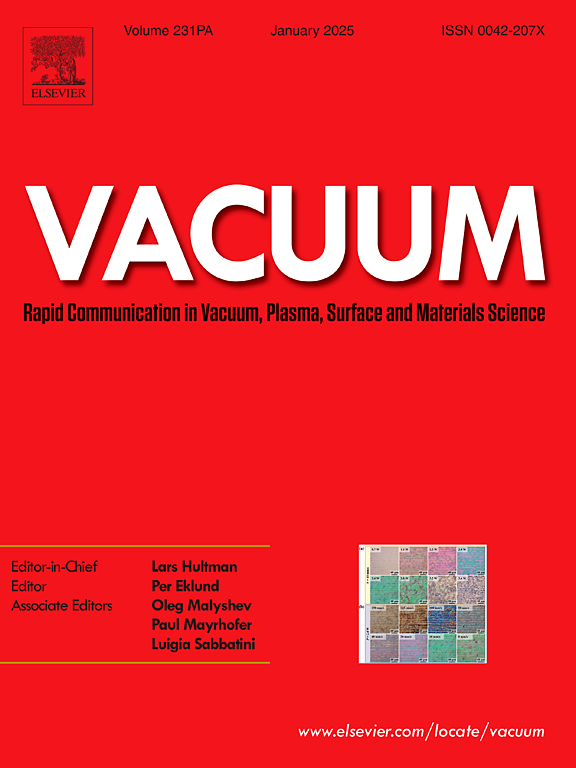Investigation of the interface deformation behavior of SiCp/Al composites via TEM in-situ tensile test
IF 3.8
2区 材料科学
Q2 MATERIALS SCIENCE, MULTIDISCIPLINARY
引用次数: 0
Abstract
As a “bridge” between the matrix and reinforcement, the interface plays a crucial role in the deformation behavior of SiCp/Al composites. It is of great significance to investigate the dynamic changes of dislocations and microcracks in the deformation process of the composite interface microzone. In situ tensile specimens with special interfaces containing different thicknesses of MgAl2O4 reaction layers were selected. In situ tensile tests were performed using field emission transmission electron microscopy. The effect of the interface layer thickness on the tensile deformation of the composites was revealed based on the crack initiation to propagation fracture. The results showed that the cracks first emerged at the SiC/Al interface, and then extend along the MgAl2O4/Al interface to the interface region of the MgAl2O4 reaction layer with a thickness of about 40 nm, eventually fracture occurs at the interface region with 70 nm thick MgAl2O4 reaction layer. Suitable thickness of MgAl2O4 reaction layer can effectively delay the crack propagation and improve the interface bonding strength between SiC and Al. The regulation of the thickness of the MgAl2O4 reaction layer is crucial for the mechanical properties of SiCp/Al composites.
求助全文
约1分钟内获得全文
求助全文
来源期刊

Vacuum
工程技术-材料科学:综合
CiteScore
6.80
自引率
17.50%
发文量
0
审稿时长
34 days
期刊介绍:
Vacuum is an international rapid publications journal with a focus on short communication. All papers are peer-reviewed, with the review process for short communication geared towards very fast turnaround times. The journal also published full research papers, thematic issues and selected papers from leading conferences.
A report in Vacuum should represent a major advance in an area that involves a controlled environment at pressures of one atmosphere or below.
The scope of the journal includes:
1. Vacuum; original developments in vacuum pumping and instrumentation, vacuum measurement, vacuum gas dynamics, gas-surface interactions, surface treatment for UHV applications and low outgassing, vacuum melting, sintering, and vacuum metrology. Technology and solutions for large-scale facilities (e.g., particle accelerators and fusion devices). New instrumentation ( e.g., detectors and electron microscopes).
2. Plasma science; advances in PVD, CVD, plasma-assisted CVD, ion sources, deposition processes and analysis.
3. Surface science; surface engineering, surface chemistry, surface analysis, crystal growth, ion-surface interactions and etching, nanometer-scale processing, surface modification.
4. Materials science; novel functional or structural materials. Metals, ceramics, and polymers. Experiments, simulations, and modelling for understanding structure-property relationships. Thin films and coatings. Nanostructures and ion implantation.
 求助内容:
求助内容: 应助结果提醒方式:
应助结果提醒方式:


